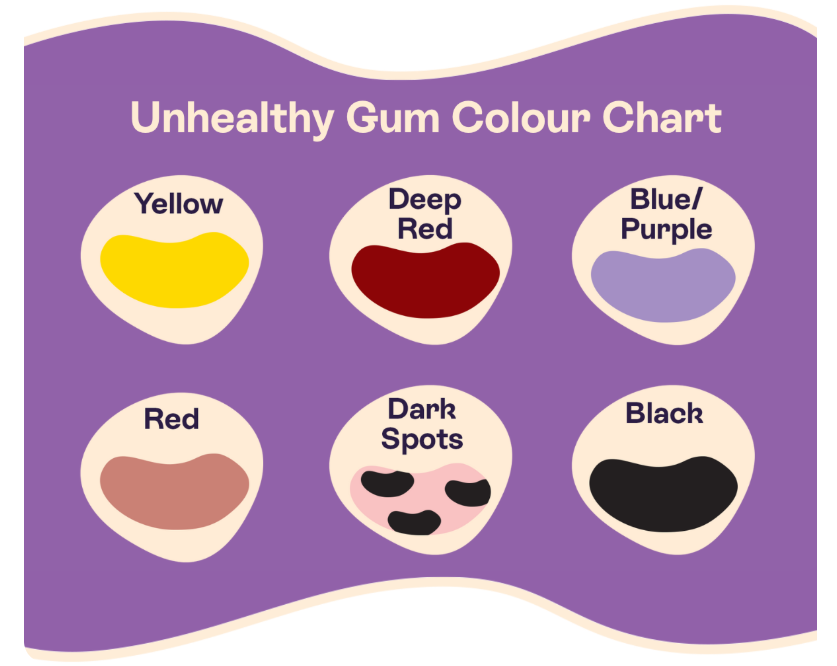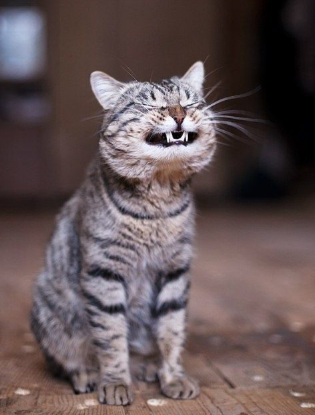Gums..... Colour Matters!
The colour of gums can give good indicators about whether something could be wrong. Gums (or, correct term 'gingiva') are the soft, pink tissues which run along the upper and lower jaws. They are essential for dental health as their purpose is to protect and keep all teeth in their natural place. The gums protect the teeth by forming a seal at the bottom of the teeth, protecting the roots from decay.
So, what is a good colour of gums and how should they feel?
Salmon pink, sometimes referred to as bubblegum pink. They should be moist and smooth. When touching the gums, they should return to their normal colour within 2 seconds of applying pressure to them (this is called a capillary refill time). Gums are full of capillaries which are small blood vessels that deliver oxygen and nutrients through the body.
Uh oh, my pet has BLACK GUMS?!
It's okay, some breeds naturally have black gums (or black spots). Common dog breeds include (but not limited to) Chow Chows, Shar-Peis and Dalmatians. Common cat breeds include (but not limited to) tortoiseshell and Siamese cats. If you are unsure whether it is their natural colour or not, you can ask your veterinary practice for advice.
When the colour isn't okay...........
Gums should be checked at least once a week as it can be a serious indicator that something is wrong. Here is what you should look out for, and why:
Purple, blue, grey: indicates poor circulation, lack of oxygen - a medical emergency needing immediate veterinary care. It can also include being a sign of heart disease, pneumonia, cancer, heart failure and autoimmune disease. Regardless of the possibilities, if your pet has gums this colour, they must be seen by a vet immediately.
Yellow: a key sign of jaundice - a medical emergency requiring veterinary care. It can also include being a sign of liver failure, cancer, infections, gallbladder disease - your vet will be able to diagnose.
Pale or whitish: usually indicates something is wrong with the circulation - contact your veterinary practice. It can also be a sign of anaemia, shock, blood loss and also heart disease.
Red: can indicate they are hot, higher blood pressure, gingivitis (inflammed gums), can also be a sign that they have ingested something toxic - if you are not sure, please contact your veterinary practice.
Early signs of gum disease include:
- Bad breath
- Difficulty eating
- Refusing to eat
- Excessive drooling
- Changes in behaviour
- Pawing at mouth
How to look after gums:
- Brushing teeth daily
- Providing dental chews
- Professional dental cleaning
- Annual vet checks



